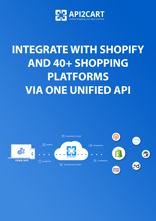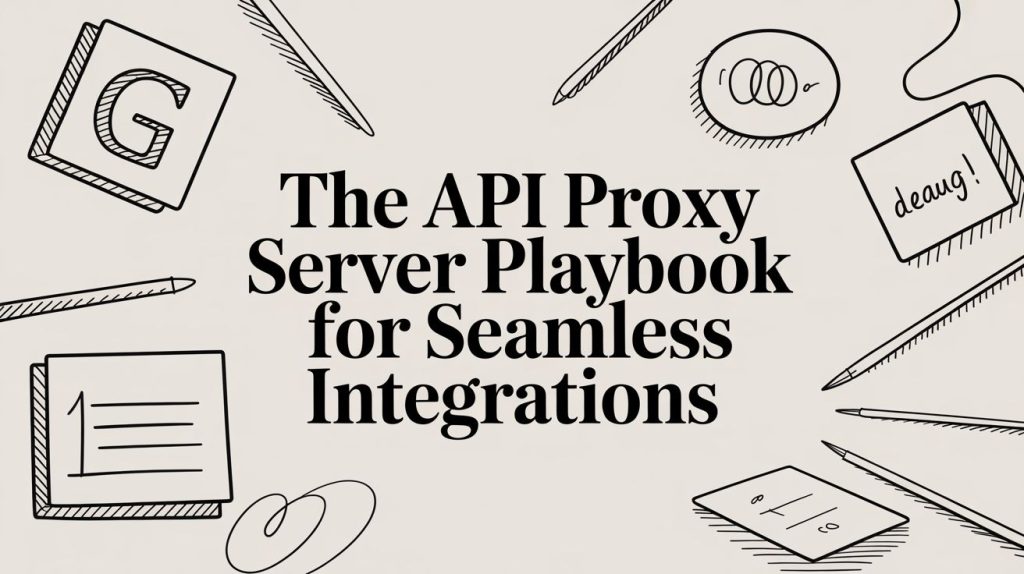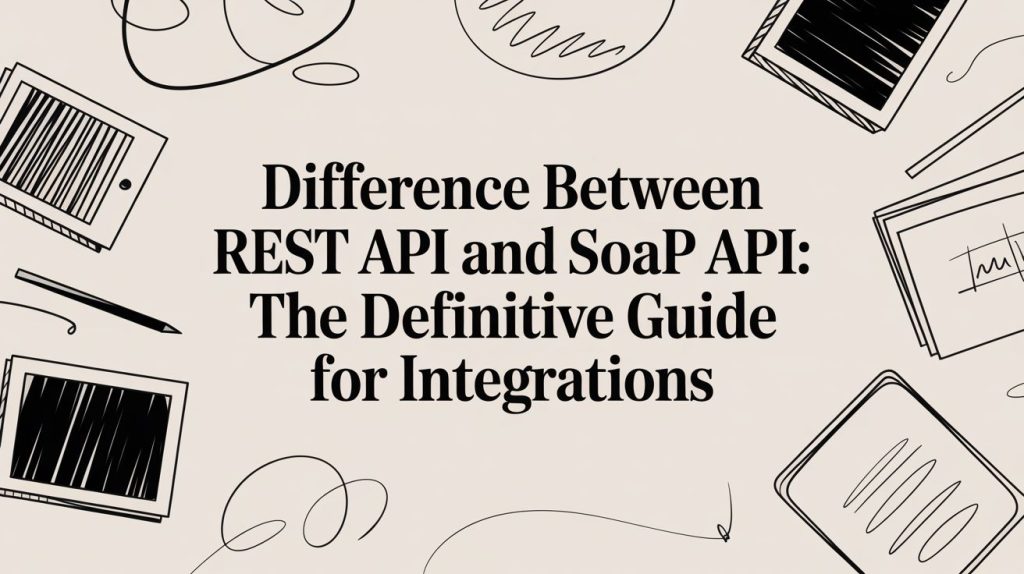
Building a reliable Shopify integration is now essential for SaaS vendors in shipping, OMS, ERP, WMS, PIM, analytics, and marketing automation. With millions of active merchants, Shopify offers a massive addressable market—yet direct Shopify API integrationcan be complex and time-consuming. This guide explains what Shopify’s APIs provide, how to plan API integration for Shopify, and how to accelerate Shopify integration development using a unified API.
We’ll also cover practical scenarios for Shopify 3PL and Shopify shipping integration, plus Shopify integration ERP patterns that help you deliver stable, scalable features faster.
What Is the Shopify API?
The Shopify API allows software providers to access and manage Shopify store data programmatically. It supports XML and JSON payloads and uses HTTP verbs (GET, POST, PUT, DELETE). Core resource families include Categories, Customers, Orders, Products, and more. You can find the official reference in Shopify’s API documentation.
Because Shopify frequently updates its APIs, vendors must track version changes closely to keep integrations stable and secure.
Why Invest in Shopify Integration?
1) Expand Your Customer Base
Shopify powers 3.7 millions of live websites. A robust connection lets your app serve this global merchant community and win new logos faster.
2) Enter New Markets
Shopify is used in 175+ countries. Therefore, a production-grade integration helps you scale internationally while maintaining consistent product behavior across regions.
3) Unlock Store Data
To deliver core features—order import, inventory sync, catalog enrichment, shipment updates—your app needs reliable, real-time access to Shopify data. That’s exactly what a well-architected integration provides.
4) Strengthen Your Competitive Edge
Adding Shopify-specific features (for example, precise fulfillment updates or advanced product variant handling) differentiates your product and improves retention.
5) Support Enterprise Workflows
Mature customers often require Shopify integration ERP, Shopify 3PL, and Shopify shipping integration. Supporting these workflows expands ACV and unlocks upmarket opportunities.

Shopify API Integration Development
Explore how Shopify integration can help your business become more competitive.
Common Use Cases
Shopify Shipping Integratio 3PL
- Import new/paid orders, create shipments, and push tracking numbers back to Shopify.
- Rate-shop carriers and generate labels automatically.
- Sync inventory across multiple locations to prevent oversells.
Shopify Integration ERP
- Bi-directional sync for products, variants, prices, and warehouse stock.
- Financial status updates, tax data alignment, and order lifecycle orchestration.
- Customer account and B2B catalog mapping for consistent master data.
Challenges of Direct Shopify API Integration
- Versioning Deprecations: ongoing monitoring and frequent changes.
- Rate Limits Retries: robust queuing/backoff is required.
- Authentication: OAuth flows and token management across many stores.
- Data Modeling: variants, options, and metafields require careful mapping.
- Maintenance Load: supporting each integration separately slows your roadmap.
Accelerate Shopify Integration with API2Cart
Instead of building and maintaining bespoke connectors, you can integrate once with API2Cart and work with Shopify plus 60+ other platforms via a single, unified API. This dramatically reduces engineering effort for Shopify API integration and future marketplace/cart additions.
With API2Cart, you can:
- Access orders, products, customers, and shipments through one standardized interface.
- Rely on continuous API monitoring, version alignment, and automatic updates.
- Leverage 100+ ready API methods and webhooks to speed up delivery.
- Scale integrations for API integration Shopify scenarios like ERP, WMS, PIM, 3PL, and OMS.
Step-by-Step: From Sandbox to Production
- Start your 14-day free trial: create an API2Cart account.
- Connect a Shopify store: use a client shop or a test store.
- Validate methods: test order, product, inventory, and customer flows.
- Implement your workflows: map data, set webhooks, and handle pagination/rate limits.
- Go live: monitor logs, add more stores, and expand to additional platforms as needed.
Ready to ship features faster across Shopify and beyond? Start your 14-day free trial and see how a unified API streamlines your roadmap.
Conclusion
In short, production-grade Shopify integration unlocks growth, accelerates your roadmap, and improves merchant experience. With API2Cart, you can deliver robust Shopify API integration faster—and expand to dozens of other platforms without rebuilding from scratch. Start your 14-day free trial and launch sooner.
FAQs
Beginning April 1, 2025, Shopify will need to use the GraphQL API for new integrations. However, existing applications will continue using the REST API, as no changes are required for them. In the future, Shopify will work on improving the GraphQL API.



